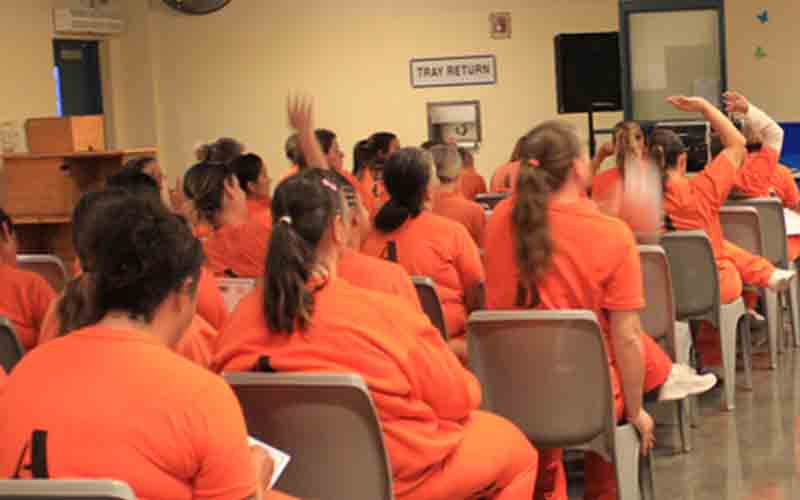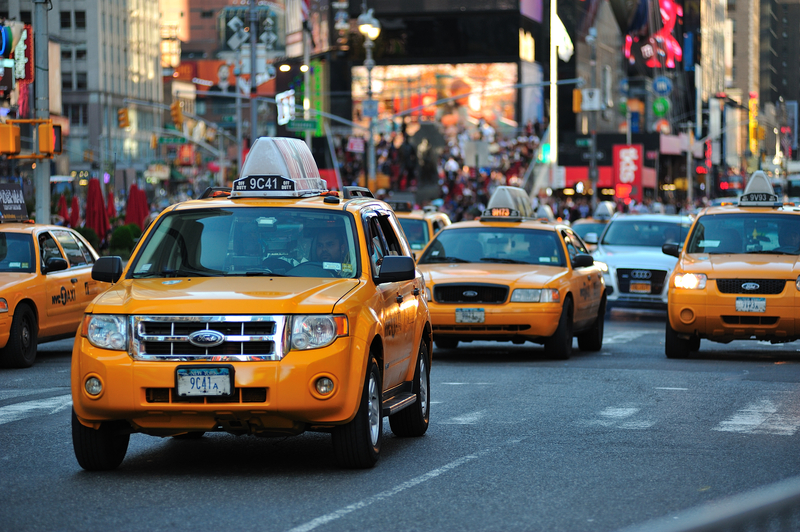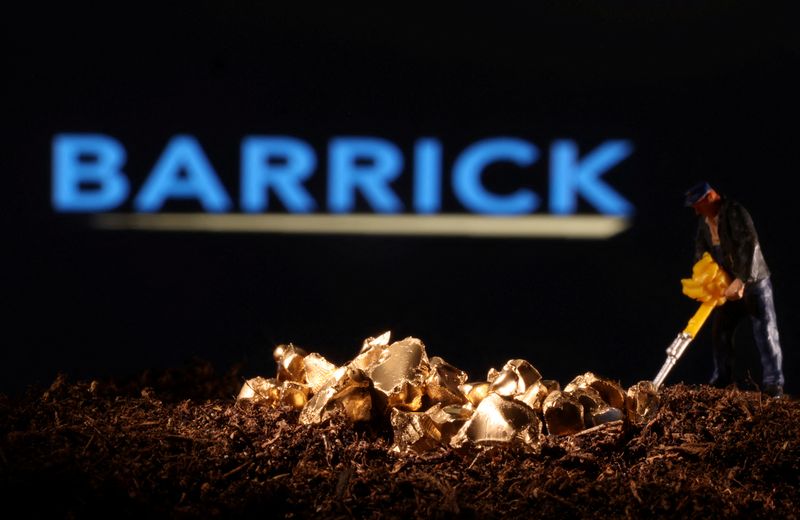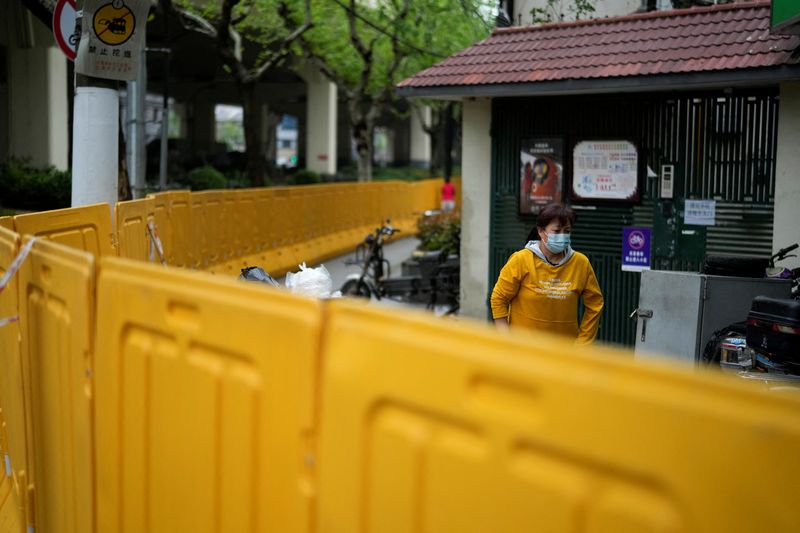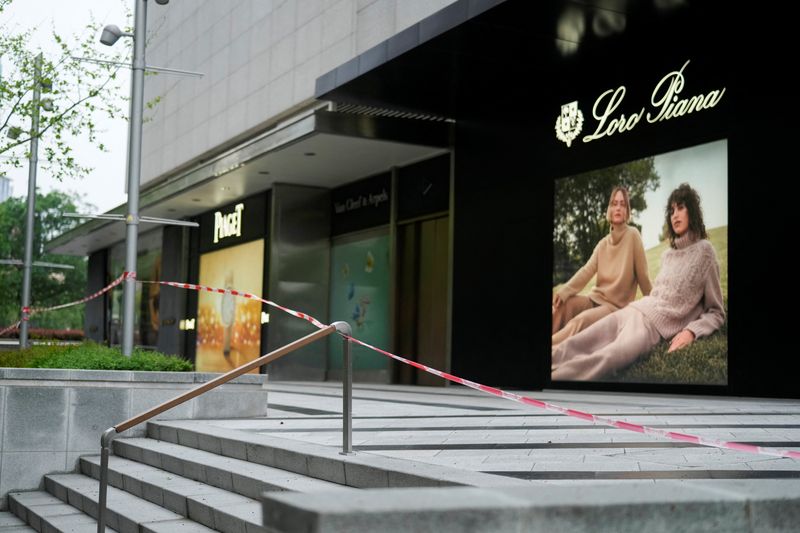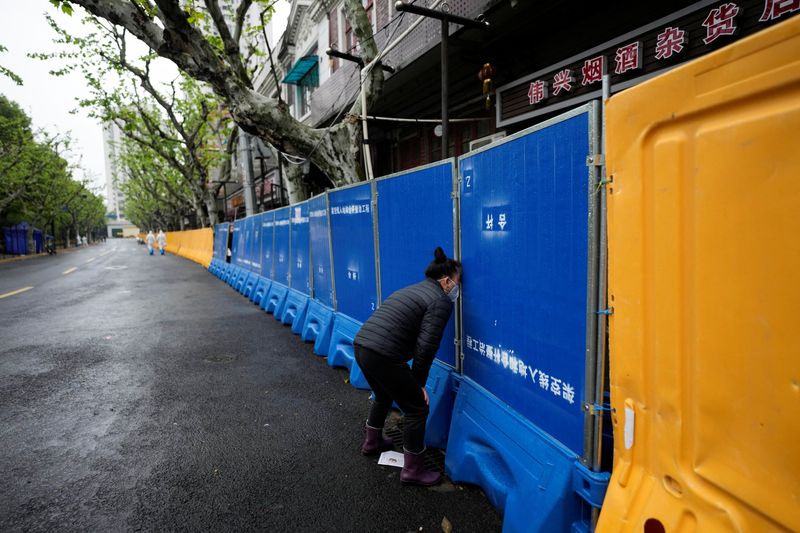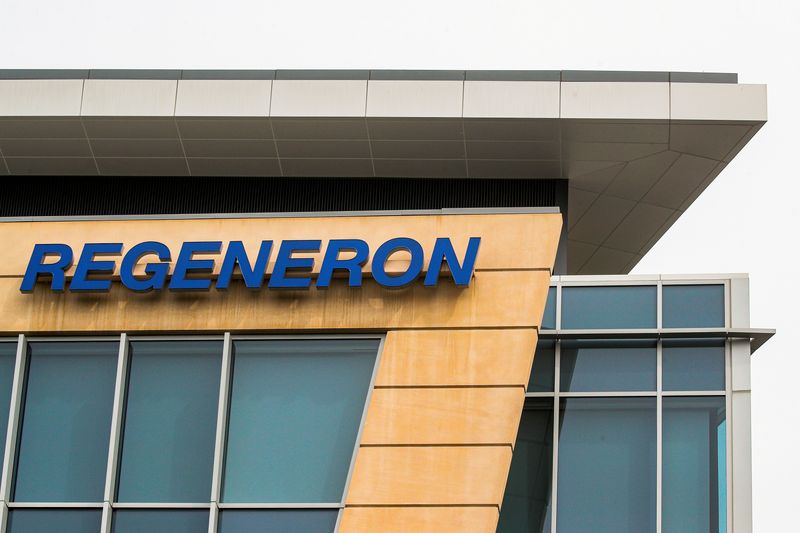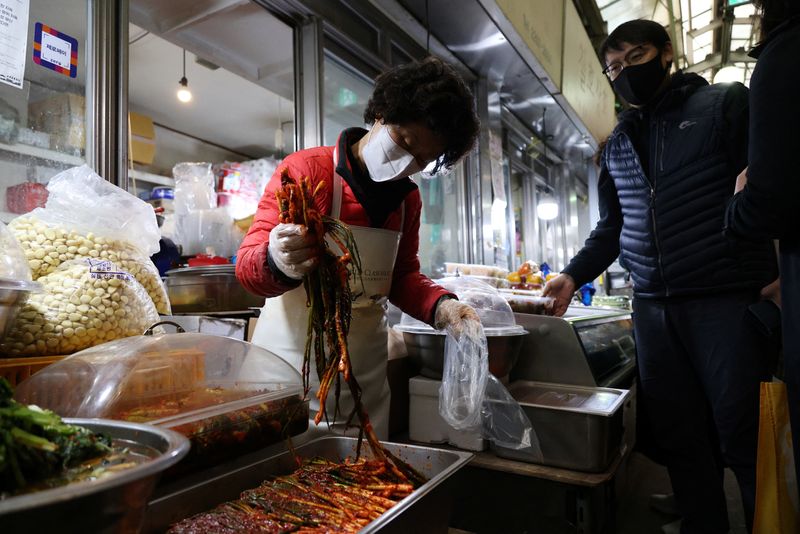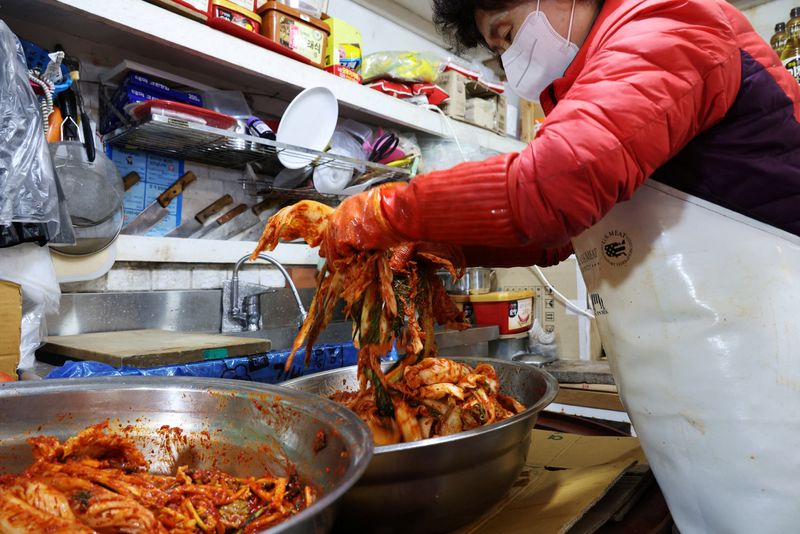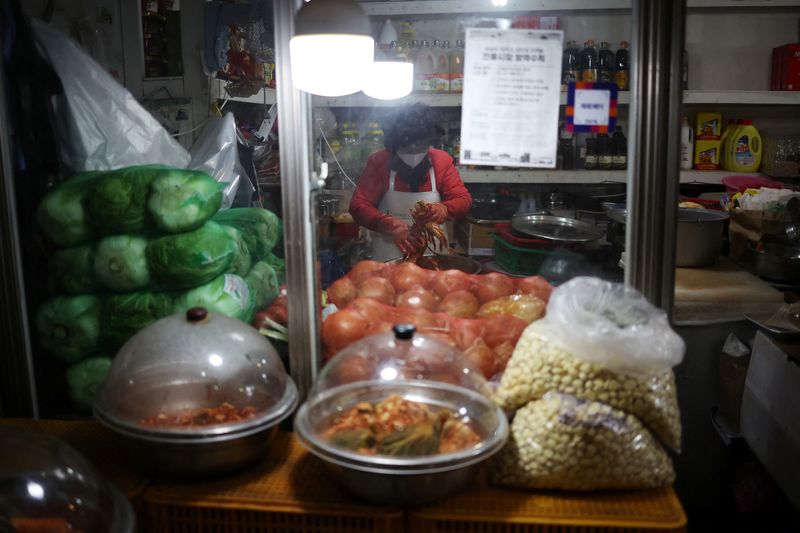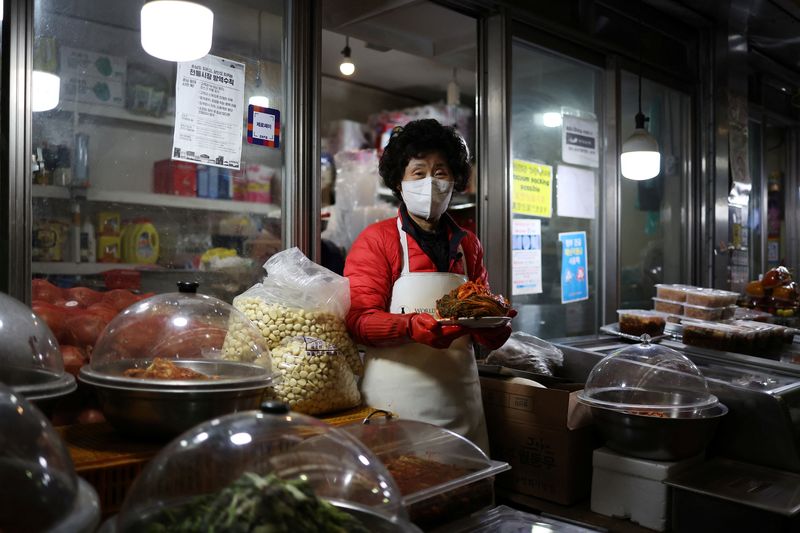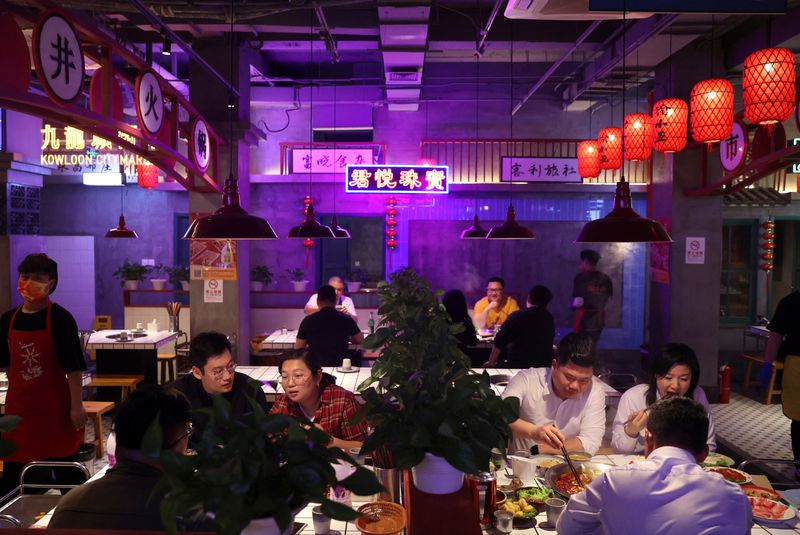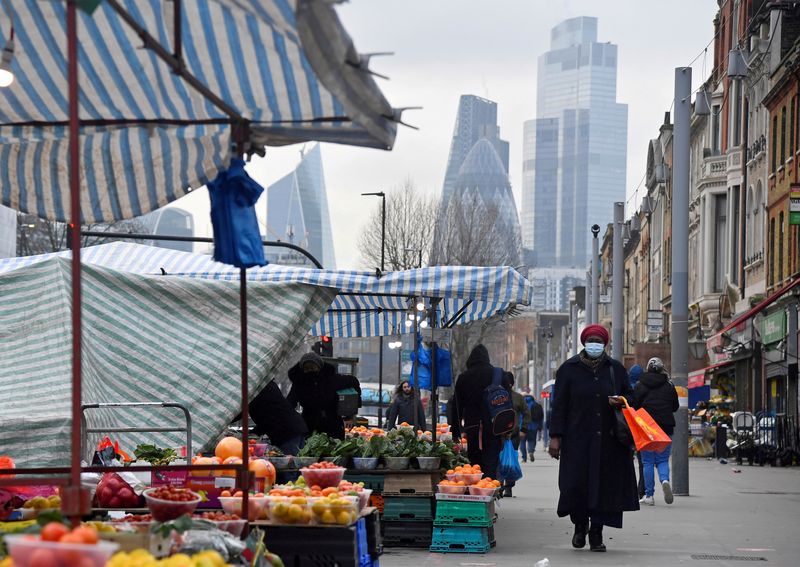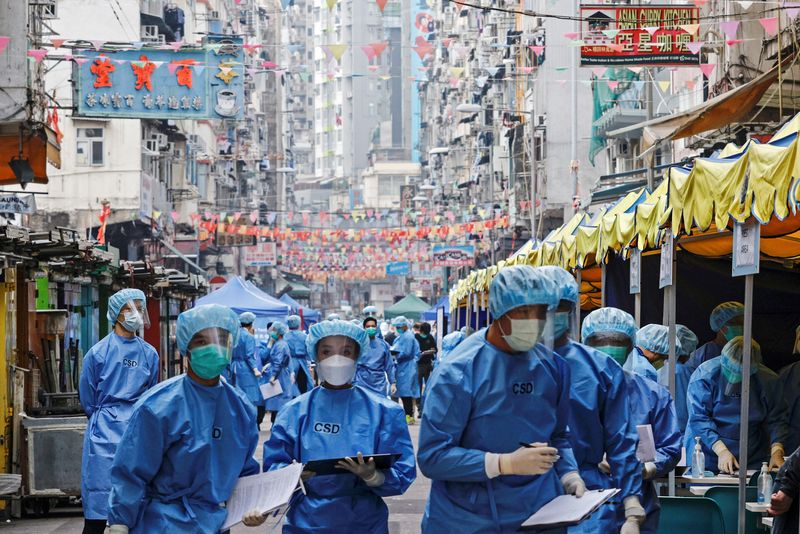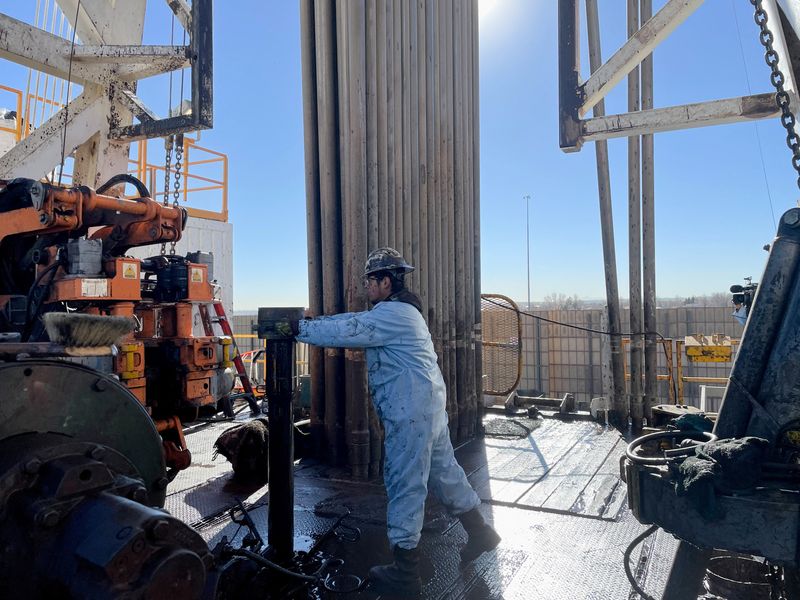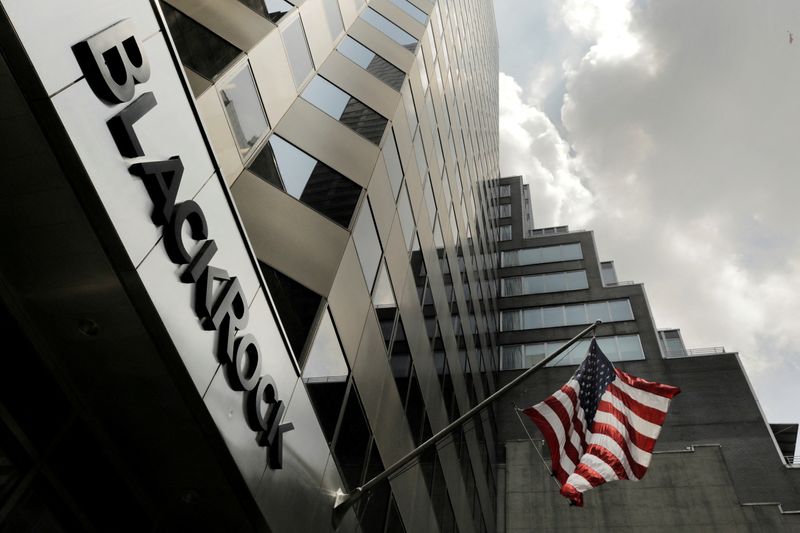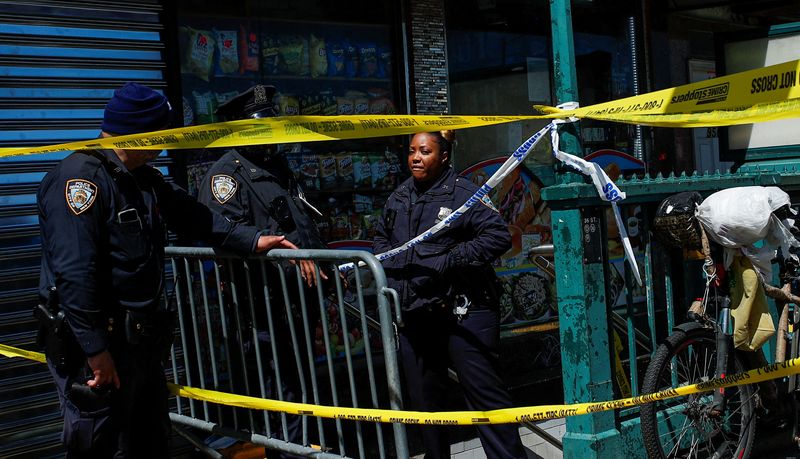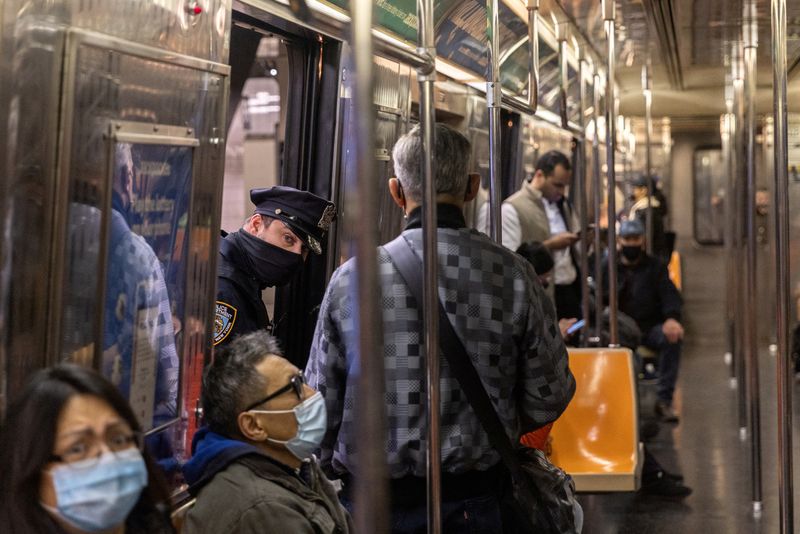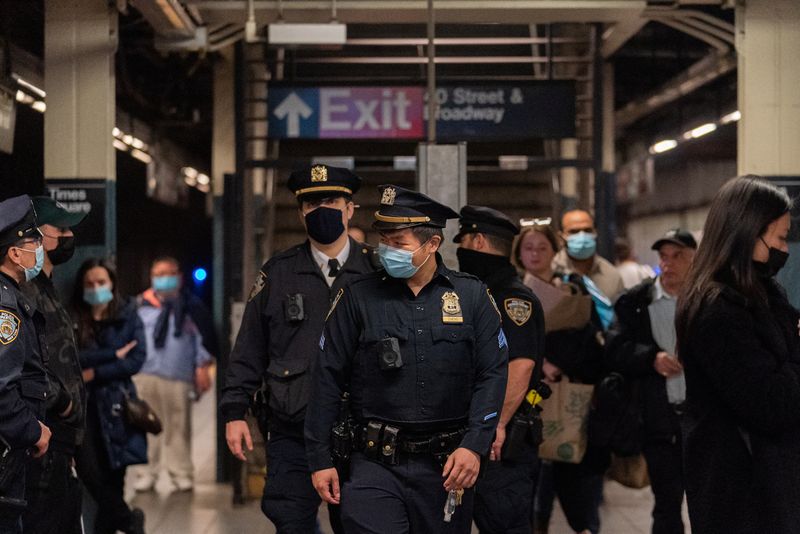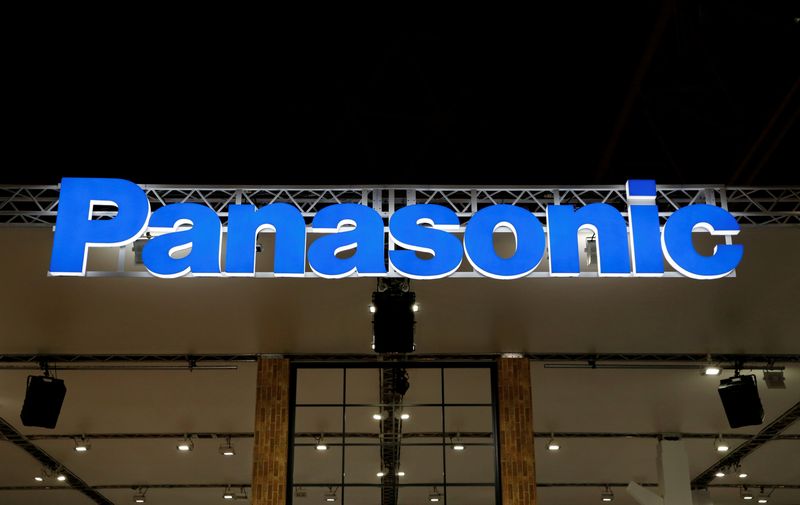TAIPEI – A group of six U.S. lawmakers, including chairman of the U.S. Senate Foreign Relations Committee Bob Menendez, landed in Taiwan on Thursday for a previously unannounced visit, in a show of support to the island in the face of Chinese pressure.
The United States has no formal relations with Chinese-claimed Taiwan, but is its most important international backer and arms supplier.
Taiwan has been heartened by the continued U.S. support offered by the Biden administration, which has repeatedly talked of its “rock-solid” commitment to the democratically governed island. That has strained already poor Sino-U.S. relations.
The bipartisan group, which will meet with Taiwan President Tsai Ing-wen on Friday morning on their two-day visit, arrived at Taipei’s downtown Songshan airport on a U.S. Air Force aircraft and were greeted by Taiwan Foreign Minister Joseph Wu.
The visit not only shows the bipartisan U.S. support for Taiwan, but also the “rock solid” nature of Taiwan-US relations, Presidential Office spokesman Xavier Chang said in a statement.
“The Presidential Office looks forward to continuing to deepen the Taiwan-U.S. partnership through this face-to-face exchange, and continuing to work together to contribute to global and regional peace, stability, prosperity and development,” he added.
Menendez, a Democrat, is a staunch supporter of Taiwan. In February he co-proposed a bill that would require the United States to negotiate the renaming of Taiwan’s de facto embassy in Washington as the “Taiwan Representative Office”.
Senior Republican Senator Lindsey Graham is also on the trip.
(Reporting by Ben Blanchard; Editing by Raissa Kasolowsky)




